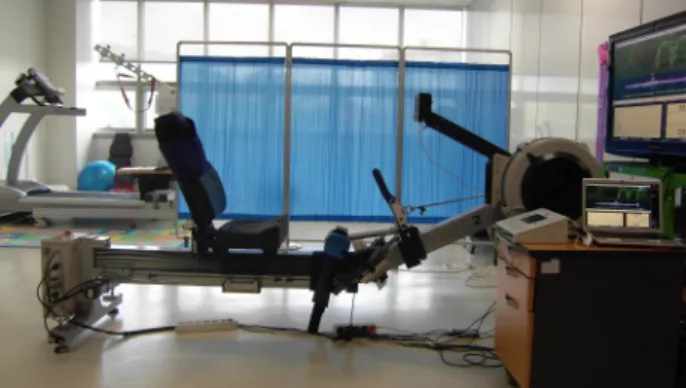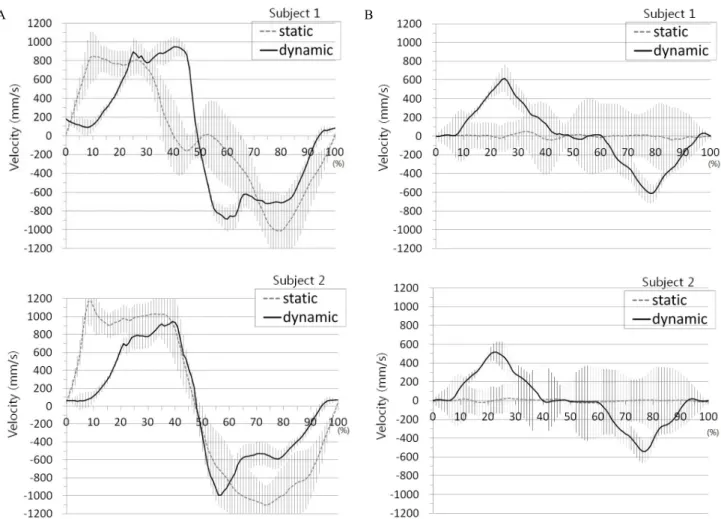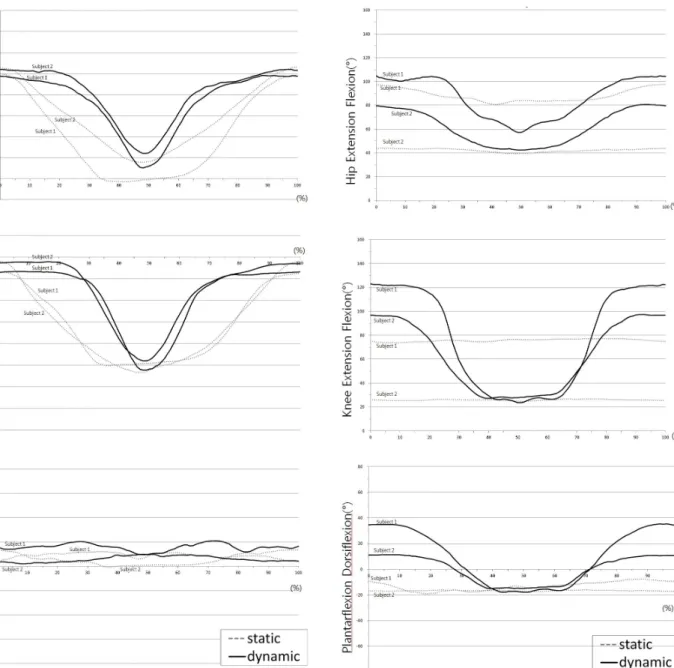Received: 11 March, 2014 Revised: 20 May, 2014 Accepted: 15 June, 2014 Corresponding author: Dae-Sung Park
Department of Physical Therapy, College of Medical Science, Konyang University, Room 809, 158 Gwanjeodong-ro, Seo-gu, Daejeon 302-718, Republic of Korea Tel: 82-42-600-6419 Fax: 82-42-600-6565 E-mail: daeric@konyang.ac.kr
This is an Open-Access article distributed under the terms of the Creative Commons Attribution Non-Commercial License (http://creativecommons.org/licens es/by-nc/3.0) which permits unrestricted non-commercial use, distribution, and reproduction in any medium, provided the original work is properly cited.
Copyright © 2014 Korean Academy of Physical Therapy Rehabilitation Science
http://dx.doi.org/10.14474/ptrs.2014.3.1.69 Phys Ther Rehabil Sci
pISSN 2287-7576 2014, 3 (1), 69-75
eISSN 2287-7584 www.jptrs.org
Kinematic analysis of rowing exercise using a motor-assisted rowing machine for rowers with spinal cord injury: a case report
Ju Ri Jeong a , Bum Suk Lee b , Dae-Sung Park c
a
Department of Motor and Cognition Rehabilitation, Korea National Rehabilitation Center, Seoul, Republic of Korea
b
Department of Rehabilitation Medicine, Korea National Rehabilitation Center, Seoul, Republic of Korea
c



